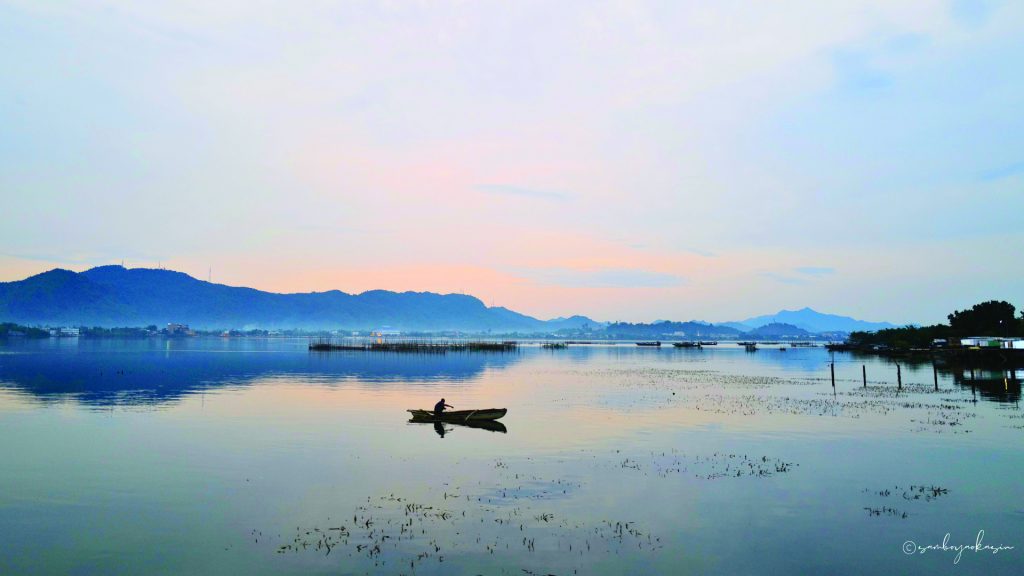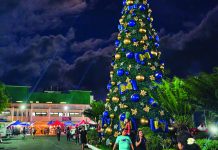BFAR warns public against eating shellfish

(JERRY YAOKASIN FACEBOOK)
TACLOBAN CITY – The Bureau of Fisheries and Aquatic Resources (BFAR) in the region has placed Cancabato Bay in Tacloban City under red tide alert after seawater samples tested positive for Pyrodinium bahamense, a microscopic algae species known for producing saxitoxin—the potent neurotoxin that causes paralytic shellfish poisoning (PSP).
In its advisory issued Sunday, August 10, BFAR warned that all types of shellfish and Acetes species, locally called “alamang” or “hipon,” harvested from the bay are unsafe to eat, as ingestion of even small amounts of saxitoxin can lead to numbness, dizziness, and in severe cases, respiratory failure and death.
Red tide is a naturally occurring phenomenon caused by the rapid growth of toxic plankton in coastal waters, often triggered by changes in water temperature, salinity, and nutrient levels. While harmless to fish, the toxin accumulates in shellfish, making them dangerous for human consumption.
The advisory also maintains existing shellfish bans in Irong-Irong Bay in Catbalogan City, Samar, and Matarinao Bay in Eastern Samar, which covers the coastal towns of General MacArthur, Quinapondan, Hernani, and Salcedo. Matarinao Bay has been under red tide warning since July 29, with tests still showing high toxin levels in shellfish meat.
BFAR clarified that fish, squid, shrimp, and crabs from affected waters remain safe if fresh, thoroughly cleaned, and cooked, with all internal organs removed before preparation. The agency is continuing regular water and shellfish monitoring to track toxin levels and has urged local governments and fisherfolk to strictly enforce the ban to avoid PSP incidents.
JOEY A. GABIETA



